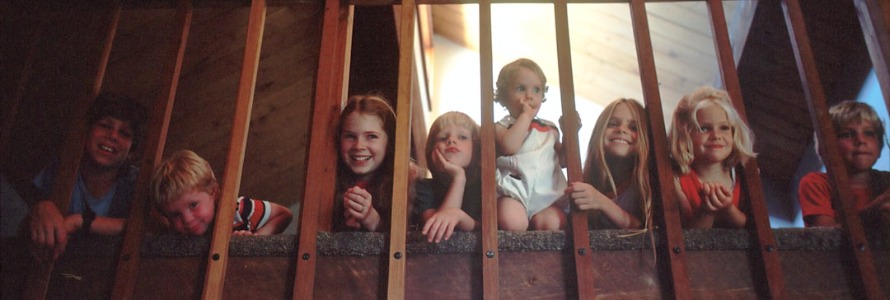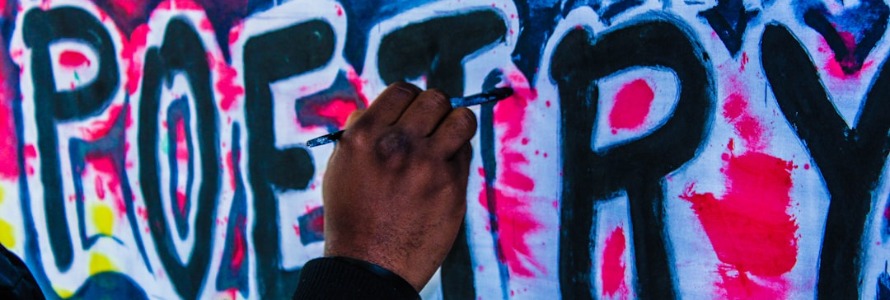
When I first decided to introduce poetry to children, I wasn’t sure where to begin. Poetry has a unique ability to capture emotions, ideas, and stories in ways that prose simply can’t. It’s rhythmic, imaginative, and often feels like a playful dance with words. Children, with their boundless curiosity and creativity, are naturally inclined to appreciate poetry—if we present it to them in the right way.
Why Poetry Matters for Children
Poetry is more than just beautiful language. It plays a vital role in childhood development. It helps children develop literacy skills, enhances their vocabulary, and fosters emotional intelligence. Poems often present complex ideas in concise formats, teaching children to think critically and interpret meaning. Moreover, the rhythmic patterns and rhymes make poetry memorable, which aids in learning.
When children engage with poetry, they also develop an appreciation for art and culture. Poetry can transport them to new worlds, introduce them to diverse perspectives, and give them tools to express their own feelings. In my experience, the key to fostering a love for poetry is to make it accessible and enjoyable—starting with the right collections.
How to Introduce Poetry to Children
Before diving into specific collections, let me share a few strategies that worked wonders in my journey:
- Start with the Familiar: Introduce poetry through nursery rhymes or playful verses that children might already know.
- Make It Interactive: Encourage children to clap, act out, or draw their interpretations of poems.
- Choose Age-Appropriate Content: For younger children, look for poems with vivid imagery and simple language. Older kids can handle more complex themes and styles.
- Read Aloud: Poetry is meant to be heard. Reading poems aloud helps children appreciate rhythm, rhyme, and the musicality of language.
- Connect Poetry to Everyday Life: Relate poems to events, seasons, or emotions that children experience. This connection makes poetry feel relevant and meaningful.

Essential Poetry Collections for Children
1. Where the Sidewalk Ends by Shel Silverstein
This timeless classic is often my go-to recommendation for introducing children to poetry. Shel Silverstein’s whimsical, humorous, and thought-provoking poems are paired with quirky illustrations that capture kids’ imaginations. Poems like “Sick” and “Sarah Cynthia Sylvia Stout” have just the right amount of silliness to make children giggle while subtly imparting life lessons.
2. A Child’s Garden of Verses by Robert Louis Stevenson
For a more traditional approach, Robert Louis Stevenson’s collection is a treasure. This book includes poems that celebrate childhood wonder and curiosity. “The Swing” and “My Shadow” evoke a sense of nostalgia and are perfect for reading aloud on a quiet afternoon.
3. The Puffin Book of Fantastic First Poems edited by June Crebbin
This anthology is a delightful introduction to poetry for younger children. It features a wide range of poems, from classic to contemporary, and touches on themes like animals, nature, and play. I’ve found this book to be particularly useful for classrooms or group readings.
4. Poetry Speaks to Children edited by Elise Paschen
What sets this collection apart is its accompanying CD, featuring famous poets like Langston Hughes and Robert Frost reading their works. Hearing the poets’ voices adds a magical layer to the experience. This book is perfect for older children who can appreciate the depth and richness of poetry.
5. The Llama Who Had No Pajama by Mary Ann Hoberman
If you’re looking for something lighthearted and fun, this collection of 100 poems is perfect. Mary Ann Hoberman’s playful use of language and rhyme makes it a hit with younger children. Poems like “Snow” and “Yellow Butter” are simple yet captivating.
6. Hip Hop Speaks to Children edited by Nikki Giovanni
This unique anthology blends traditional poetry with hip-hop lyrics, making it especially appealing to older children and preteens. Featuring artists like Langston Hughes and Queen Latifah, this book shows that poetry comes in many forms. It’s a fantastic way to connect with kids who might not immediately see themselves as poetry enthusiasts.
7. Joyful Noise: Poems for Two Voices by Paul Fleischman
I’ve had some of my most memorable poetry sessions with this book. Designed to be read by two people, these poems about insects are not only educational but also highly engaging. The back-and-forth format encourages collaboration and makes poetry an interactive experience.

Encouraging Children to Write Poetry
Once children develop a love for reading poetry, it’s a natural step to encourage them to write their own. Here are some activities I’ve found effective:
- Acrostic Poems: Use a child’s name or a favorite word as the starting point.
- Shape Poems: Write poems in the shape of an object, like a tree or a star.
- Poetry Prompts: Provide simple prompts, such as “Write a poem about your favorite animal.”
- Word Banks: Create a list of interesting words and challenge children to use them in a poem.
- Collaborative Poems: Write a group poem where each child contributes a line.
Resources for Parents and Educators
If you’re eager to dive deeper into the world of children’s poetry, consider these additional resources:
- Poetry Foundation’s Children’s Section: A rich collection of poems and articles tailored for young readers.
- ReadWriteThink.org: Offers lesson plans and activities for teaching poetry.
- Local Libraries and Bookstores: Many host poetry readings and workshops for children.

Final Thoughts
Introducing poetry to children is one of the most rewarding experiences I’ve had as a parent and educator. Poetry opens doors to creativity, critical thinking, and emotional growth. By starting with engaging collections and making poetry an interactive experience, we can spark a lifelong love for this beautiful art form.
Whether you’re reading Shel Silverstein’s whimsical verses or exploring the rhythmic world of hip-hop poetry, there’s a collection out there for every child. So grab a book, find a cozy spot, and dive into the magical world of poetry together.
References
Crebbin, J. (Ed.). (2000). The Puffin book of fantastic first poems. Puffin Books.
Fleischman, P. (1988). Joyful noise: Poems for two voices. Harper & Row.
Giovanni, N. (Ed.). (2008). Hip hop speaks to children: A celebration of poetry with a beat. Sourcebooks Jabberwocky.
Hoberman, M. A. (1998). The llama who had no pajama: 100 favorite poems. HMH Books for Young Readers.
Paschen, E. (Ed.). (2005). Poetry speaks to children. Sourcebooks Jabberwocky.
Silverstein, S. (1974). Where the sidewalk ends: Poems and drawings. HarperCollins.
Stevenson, R. L. (1885). A child’s garden of verses. Longmans, Green & Co.


